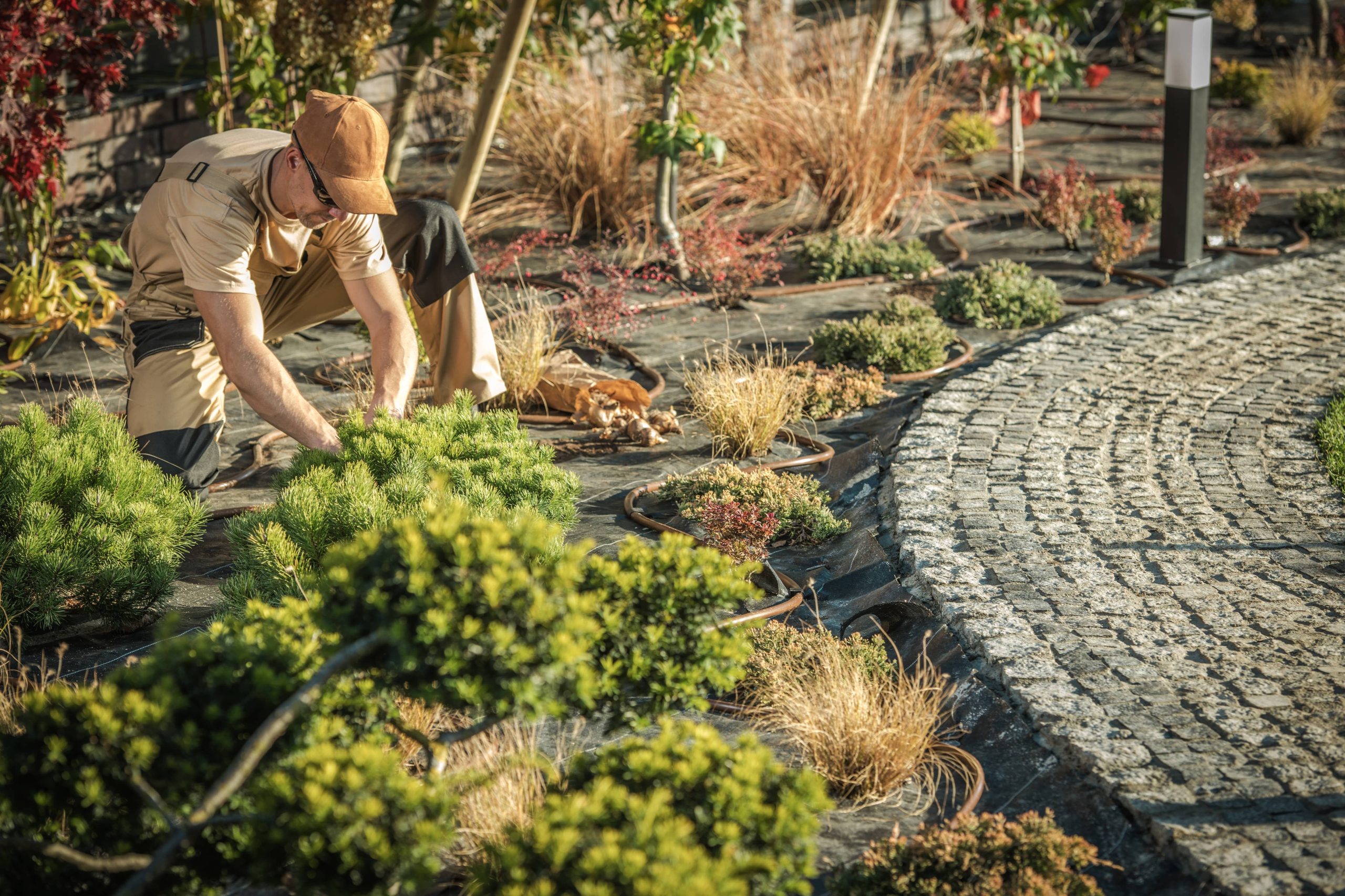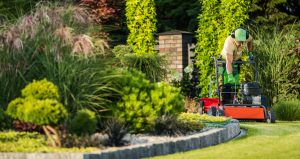
In an era where climate change and environmental sustainability are at the forefront of global concerns, responsible garden practices are more critical than ever. As gardening enthusiasts, one of the most impactful contributions we can make to environmental conservation is through intelligent garden design that emphasizes water conservation. By carefully planning and implementing thoughtful strategies in our outdoor gardening and landscaping endeavors, we not only preserve this precious resource but also create thriving ecosystems that support plant health and biodiversity.
Understanding Water-Wise Gardening
Water-wise gardening, or xeriscaping, involves creating a landscape that reduces or eliminates the need for supplemental water from irrigation. The principles of water-wise gardening include planning and design, soil improvement, efficient irrigation, zone planting, appropriate plant selection, mulching, and regular maintenance. Let’s explore these principles and how they contribute to intelligent garden design.
1. Planning and Design
The foundation of any water-wise garden begins with a well-thought-out plan. Start by assessing your landscape’s microclimates, which can vary dramatically due to factors like sunlight exposure, wind, and soil type. An intelligent design takes these variations into account to make the most of natural water patterns. Consider grading your landscape to direct runoff water towards garden beds and areas that need more moisture. Integrating permeable surfaces such as gravel pathways and patios instead of concrete also promotes better water absorption into the soil.
2. Soil Improvement
Healthy soil is key to retaining moisture, which reduces the need for frequent watering. Incorporate organic matter like compost and well-rotted manure to improve soil structure and increase its water-holding capacity. Testing your soil can help determine its pH and nutrient levels, helping you amend it effectively. By boosting soil health, you ensure that roots establish well and plants grow stronger with less water.
3. Efficient Irrigation
Smart irrigation systems can significantly enhance water conservation efforts. Drip irrigation, for instance, delivers water directly to the plant’s root zone, minimizing evaporation and runoff. Smart controllers and timers can optimize watering schedules by adjusting them based on weather conditions, soil moisture levels, and plant needs, therefore conserving water efficiently. Watering early in the morning or late in the afternoon further reduces water loss due to evaporation.
4. Zone Planting
Group plants with similar water, soil, and sunlight needs together. This approach, known as hydrozoning, allows for efficient watering and simplifies maintenance. For example, plants with low water requirements like lavender, sage, and succulents should be placed together in areas that receive full sun and good drainage. More water-intensive plants, such as vegetables and moisture-loving ornamentals, can be clustered in zones where irrigation is readily accessible.
5. Appropriate Plant Selection
Choosing plants that are well-suited to your local climate and soil conditions is crucial in a water-wise garden. Native plants are often the best choice as they have adapted to the local climate and typically require less water and maintenance. Consider using drought-tolerant species such as cacti, sedums, and ornamental grasses, which can withstand dry spells without compromising on beauty and structure.
6. Mulching
Mulching is one of the simplest and most effective ways to conserve soil moisture. A layer of organic mulch, such as bark, straw, or wood chips, helps reduce evaporation, suppress weed growth, and moderate soil temperature. Organic mulch breaks down over time and enriches the soil, improving its moisture retention capabilities. Ensure a consistent mulch layer by topping it up as needed, especially during dry spells.
7. Regular Maintenance
Regular garden maintenance is crucial to ensure the sustainability of your water-wise garden. Tasks like weeding, pruning, and cleaning debris promote healthy plant growth and optimal water use. Weeds compete with garden plants for water, so their removal is essential. Keeping plants pruned not only improves air circulation but also prevents stress that could increase water needs.
The Environmental and Economic Benefits
Implementing water-saving techniques in your gardening not only benefits the environment but also your wallet. Reduced water use lowers utility bills and lessens the burden on local water supplies. Additionally, native and drought-tolerant plants require fewer inputs, reducing the need for fertilizers and pesticides. This sustainable approach also promotes local wildlife habitats, as native plants attract and support local pollinators and bird species.
Conclusion
Water conservation through intelligent garden design is not just an environmentally responsible choice—it’s a necessity in today’s world. By embracing strategies like meticulous planning, soil improvement, efficient irrigation, zone planting, and appropriate plant selection, you can create a beautiful, thriving garden while reducing your water footprint. Such gardens not only reflect the natural beauty of our landscapes but also serve as a testament to our commitment to sustainability.
As home and garden enthusiasts, we have the power to lead by example and inspire others to adopt water-wise gardening practices. Share your experiences, insights, and successes in conserving water through your garden design. Together, let’s cultivate a future where gardens flourish with minimal water use, leaving a greener, more sustainable planet for generations to come.













